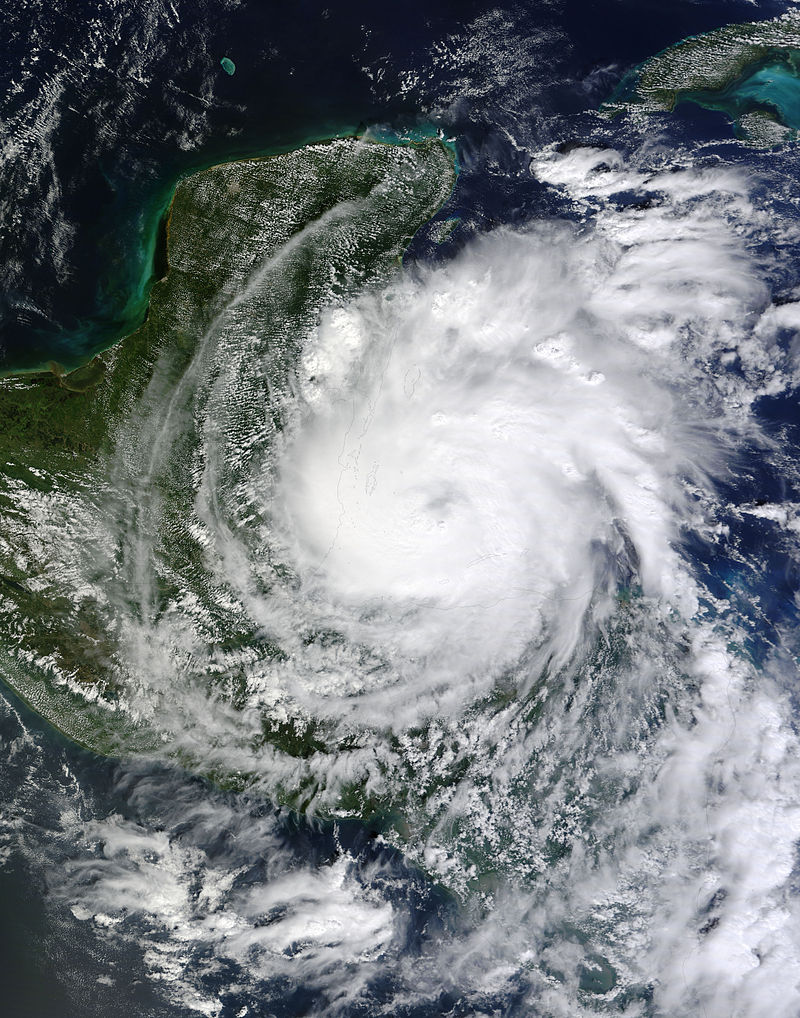Hurricane Richard, which occurred during the 2010 hurricane season, was a destructive tropical cyclone that significantly impacted areas of Central America, particularly Belize and Honduras. This research article aims to provide an overview of Hurricane Richard’s formation, intensity, landfall, and the subsequent effects it had on the affected regions. Additionally, it explores the economic and human costs incurred, while also discussing measures to enhance preparedness and protect against future hurricanes with similar characteristics.
Introduction: Hurricane Richard originated from an area of low pressure in the Caribbean Sea on October 20, 2010. Initially moving southeast before changing course to the west, the storm gradually organized and intensified into a tropical storm. Hindered by weak steering currents, Richard’s intensification was initially slow. However, as wind shear diminished on October 23, the storm rapidly gained strength while heading towards Belize. The following day, Richard reached hurricane status, ultimately peaking as a Category 2 hurricane with maximum winds of 100 mph (160 km/h) upon its sole landfall in Belize.
Impact on Central America: The path of Hurricane Richard resulted in significant impacts across Central America. Honduras experienced mainly power outages and landslides, with damage relatively limited. In Belize, the primary sources of damage were related to the agricultural sector, particularly to crops. The storm’s intense winds caused power outages across the country, affecting numerous communities. Tragically, two fatalities were reported in Belize due to the hurricane’s adverse conditions.
During Landfall: As Hurricane Richard made landfall in Belize at peak intensity, its destructive forces wreaked havoc on the affected regions. The powerful winds and heavy rainfall led to severe damage to infrastructure, including residential buildings, roadways, and power distribution networks. The agricultural sector suffered considerable losses, with widespread destruction of crops, plantations, and livestock. The combined impact of wind and flooding led to significant economic repercussions for the affected areas.
Aftermath and Rebuilding: Following its landfall, Hurricane Richard rapidly weakened over the rugged terrain of Belize. By October 25, the system had degenerated into a remnant low. The post-hurricane phase involved efforts to assess and address the damages inflicted by the storm. Cleanup and rebuilding operations aimed to restore essential services, repair infrastructure, and support the agricultural sector in its recovery. The estimated cost of the damage caused by Hurricane Richard amounted to approximately $80 million (2010 USD).
Enhancing Preparedness and Protection: To safeguard against future hurricanes similar to Richard, it is crucial to prioritize preparedness and mitigation strategies. Central American countries should strengthen early warning systems, ensuring timely dissemination of accurate information to residents. Adequate evacuation plans should be in place, particularly for vulnerable coastal communities. Infrastructure should be reinforced to withstand hurricane-force winds, and land use regulations should be implemented to discourage development in high-risk areas prone to flooding and landslides.
Interesting Fact: As a direct result of Hurricane Richard, the affected regions witnessed an increased focus on disaster resilience and preparedness. The storm served as a wake-up call for improved forecasting, emergency response, and mitigation efforts. Lessons learned from this event have paved the way for enhanced collaboration between meteorological agencies, governments, and communities to better protect against future tropical cyclones.
Conclusion: Hurricane Richard, a damaging tropical cyclone, left a lasting impact on Central America in October 2010. The storm’s intensity, landfall, and subsequent effects on Belize and Honduras were significant, causing substantial damages and tragically resulting in loss of life. By implementing measures to enhance preparedness, improve early warning systems, and promote resilient infrastructure, Central American countries can strive to mitigate the potential impacts of future hurricanes. The lessons learned from Hurricane Richard continue to shape disaster management strategies, ensuring the safety and well-being of communities at risk.




Leave a Reply